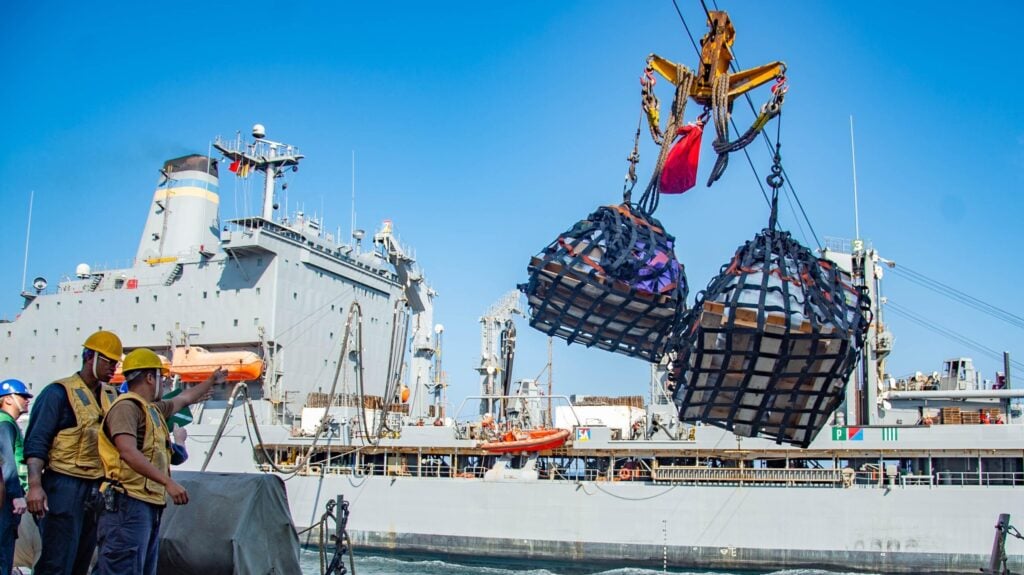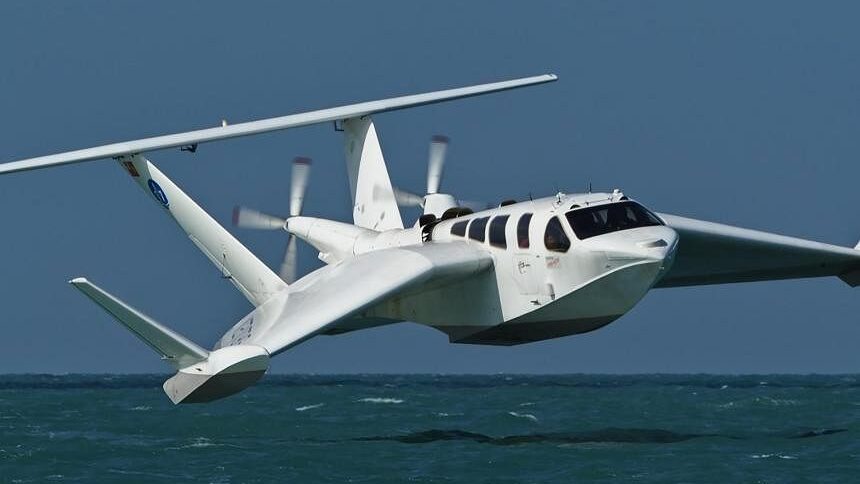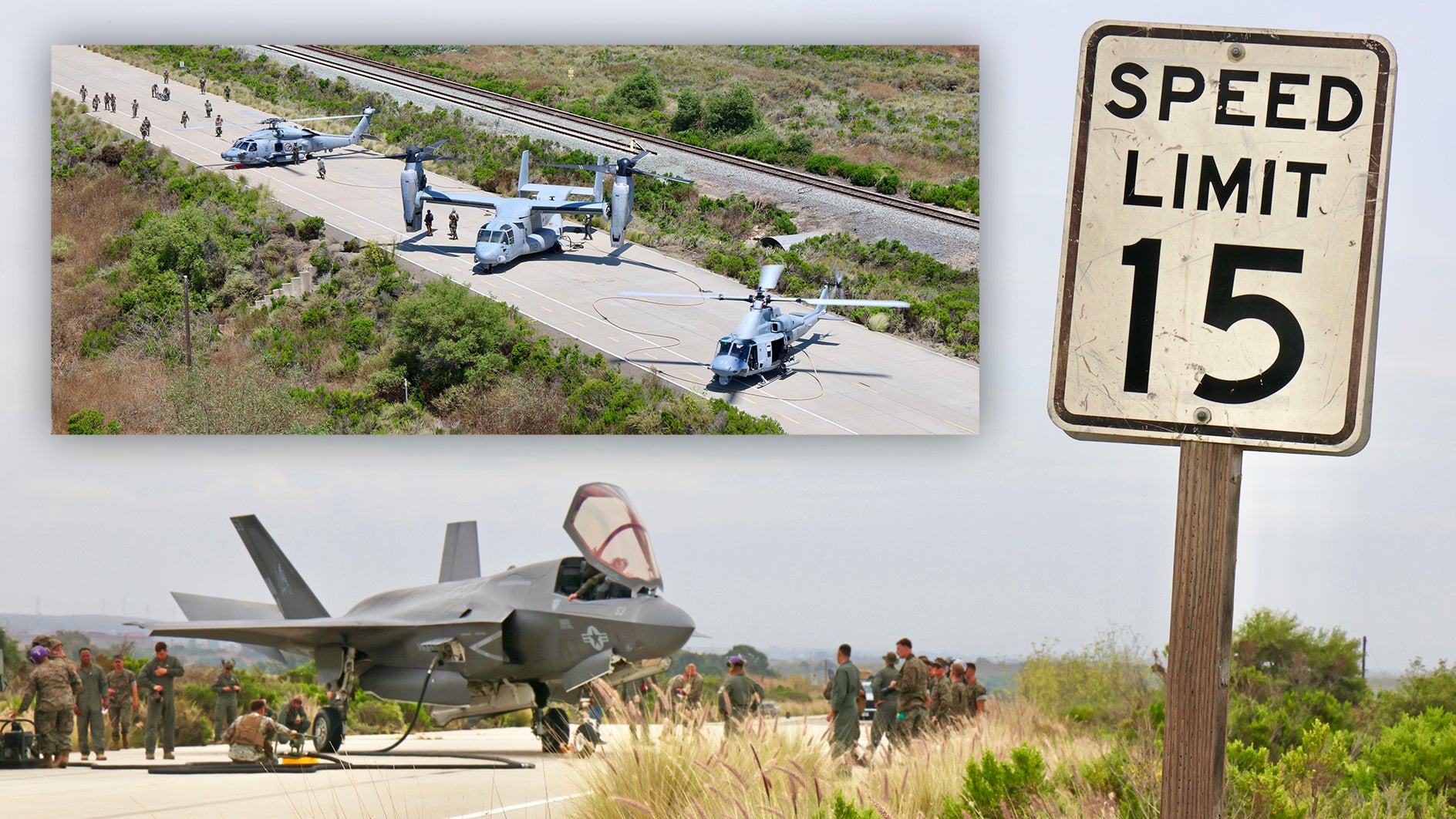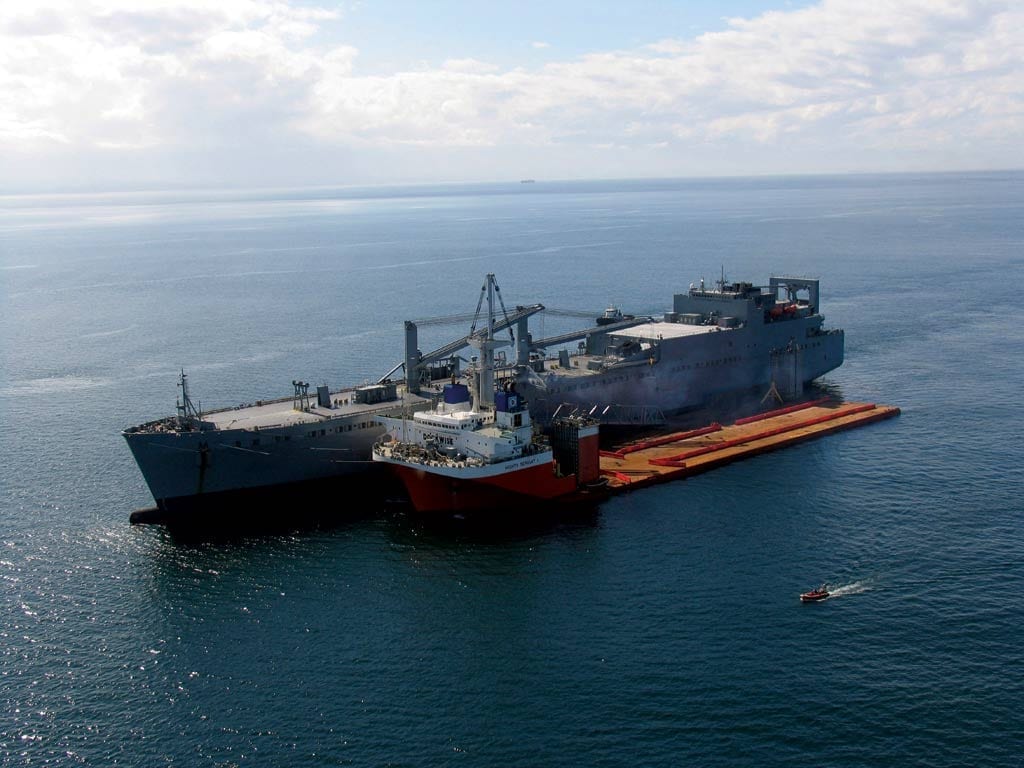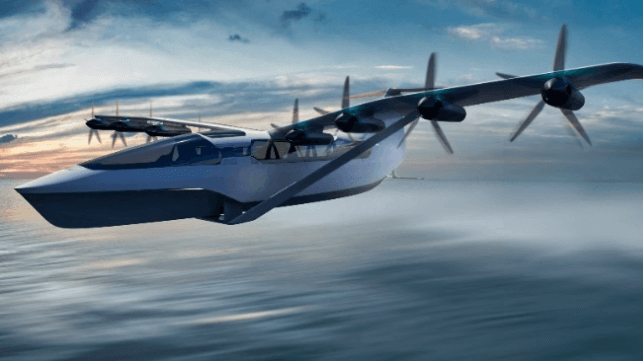The Marines have been experimenting in the littoral with ship-to-shore connectors.
Over-the-horizon has been the goal for a long while. Parking a San Antonio on the horizon and the ferrying troops ashore with AMTRACs has been a sub-optimal course of action for a while. The biggest problems have been speed in water, susceptibility to bottoms (sand, mud or rock), skerries and reefs, wind and, of course, sea state. All of those factors and others limited the launch windows for the Amtracs. The Marines experimented with water jet propelled AMTRACS, skirts and a variety of other solutions to get the AMTRACs up to the speeds that the CB90s could achieve. But while the CB90 could motor nicely in the water it stopped at the water's edge.
Alternatives were helicopters and LCACs (a highly inefficient helicopter constrained to work in surface effect). Both helicopters and LCACs are also affected by wind and water, both at point of launch and in the landing zone. They are also expensive to buy, to maintain, to operate and to crew. And they have weight limits and range limits. And guzzle gas. If LCACs were an answer there would have been many more purchased by both the military and civilians.
So .... a need for another alternative.
....
Situation change.
The Marines have decided that they no longer are going to be driving their vehicles across hundreds of miles of desert. They are going back to the water. The anticipated battle area is an archipelago of islands, mountains, volcanoes, jungles, reefs and sandbars connected by waters of various depths. The distances from ground to ground are short. The ground supplies cover to support seaborne manoeuver with small craft. It also supplies firing points among which supporting fires can move while still maintaining umbrellas of missiles capable of handling aerial, terrestrial, surface and sub-surface threats.
The Marines have adapted to this environment by shifting portion of their forces downscale from Divisions, Brigades and Battalions towards the Company and Platoon end of the spectrum. To support this shift they are looking for a large number (35 or so) ships that can land a reinforced platoon on any available hard ground.
Concurrent with this activity the Marines have been exploring the Uncrewed possibilities - uncrewed aircraft, uncrewed trucks and uncrewed boats as well as uncrewed semi-submersibles. They have also been combining uncrewed trucks, boats and semi-submersibles with uncrewed aircraft, loitering attack munitions and missiles.
The Marines have also been playing around with very large support ships that would live in deep water and support expeditionary operations
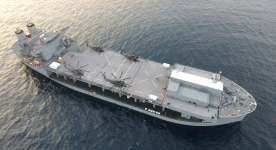
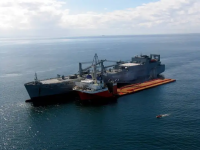
A news article detailing the U.S. Navy sea to shore operations from the sea base and the ships they use to conduct sea to shore operations.

www.defensemedianetwork.com
Short form they are experimenting.
....
One line of investigation seems to be the WIG. As
@Furniture notes it is not a new idea. It came out of Germany in the 1940s and was deployed by the Soviets in Soviet scale in the 1960s. And it went nowhere outside of the Caspian and the Volga.
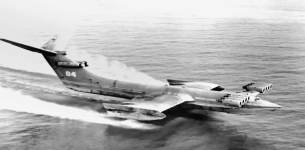
But, as I said, that was then and this is now.
....
So can you put wings on a CB90? And if you did what benefits would accrue?
...
Benefits first.
The ability to lift a half-platoon (USMC Squad reinforced).
Transport over a hundreds of kilometers (not thousands),
At speeds in the 200 to 500 km/h range (instead of the 20 to 50 km/h range of boats and potentially faster than helicopters)
Above the waves (except in high Sea State conditions), reefs, and surf lines.
Other benefits.
Stable.
Fuel efficient.
Inherently difficult to track because their flight regime demands that they fly among the clutter close to the deck.
Easy to fly (back in the 70s they were being marketed as boats, not aircraft, because it was easier to handle than a plane or helicopter)
If you wanted a tool to get a platoon from the Puller to a skerry in the Spratleys or to move that platoon from island to island then I believe that a WIG craft could be usefully employed.
....
Here is the IMO description of WIG craft
There are three classes.
Class A - flies only in ground effect and is therefore more like a hydrofoil than a Cessna,
Class B - flies mainly in ground effect but can pop up to 150m altitude to cross obstacles
Class C - flies mainly in ground effect but can sustain flight above 150 m and so is more of a plane than a boat.
...
Current experimentation
Electric WIGs - about the size of the Grumman Goose with the same hull form but different wings.
A team of Boeing alumni has launched a startup company focused on developing an all-electric wing-in...

maritime-executive.com
Indonesian Navy WIGs - same islands the Marines are contemplating fighting among.
17 April 2013Aron M50 WIG aircraft (photo : dcn)According to several South Korean media, Indonesian Navy and Coast Guard would be interested in ordered up to 20 Aron wing in ground effect craft, fo…

indodefense.wordpress.com
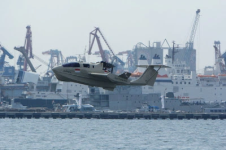
South Korean Navy WIG -
The Republic of Korea Marine Corps (RoKMC) exhibited a model of the Aron M80 wing-in-ground (WIG) effect aircraft at the Seoul International Aerospace & Defense...
www.janes.com
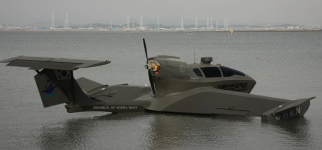
...
Another line of investigation could be Uncrewed WIGs. If the Marines are looking at moving NSM missiles by uncrewed semi-submersibles to the surf-line to resupply their Uncrewed Rogue Fires NEMESIS JLTVs then might the not consider something like an Uncrewed WIG as a TCV?
...
Are there limitations? Absolutely.
Are there possibilities? Absolutely.



